The 14th
LaureatePainting
Sigmar Polke
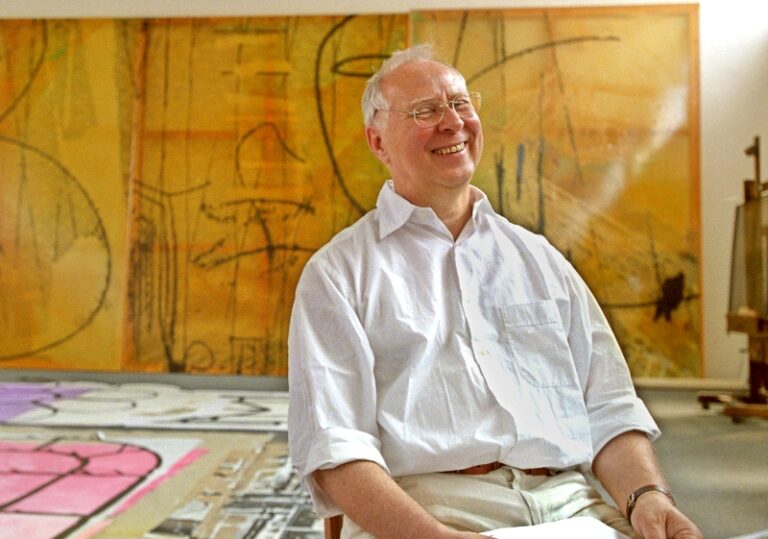
Sigmar Polke was born in Oels/Schlesien,Poland in 1941 and studied art at the Staatliche Kunstakademie in Düsseldorf under Joseph Beuys between 1961 and 1967. Polke first gained notoriety in 1963 alongside fellow student Gerhard Richter with their exhibition "Capital Realism." Polke’s work with old prints,news photos,and comic characters has always set his work apart,politically and emotionally,both from American and British Pop Art,and from his German contemporaries.
Biography
Sigmar Polke was born in Oels/Schlesien,Poland in 1941 and studied art at the Staatliche Kunstakademie in Düsseldorf under Joseph Beuys between 1961 and 1967. Now considered one of the most important figures in post-war German art,Polke first gained notoriety in 1963 alongside fellow student Gerhard Richter with their exhibition “Capital Realism”. This work was seen as a revolt against the then prevalent "Art Informel". Polke’s subsequent eclecticism has been viewed as reconstruction and subversion of content and technique,a critique of conventions.
Polke experimented with a multitude of mediums and varying styles,but perhaps one of the most distinguishing features of his work is the use of the benda dot – newsprint-style dots recognizable also in the works of American Pop artists Roy Lichtenstein and Andy Warhol. In what some critics see as an European variant of Pop Art,Polke took the imagery and slogans of an emergent consumer society and transposed them – with wit,playful irony and candor. While the American artists used the dots uniformly and mechanically to underline the theme of mass consumerism,Polke created them individually to ridicule the idea of mass production. Also unlike his American contemporaries,Polke often distorts or disrupts the ready-made iconography and parodies politics,social conventions,and established artistic and cultural values.
Polke’s work with old prints,news photos,and comic characters has always set his work apart,politically and emotionally,both from American and British Pop Art,and from his German contemporaries. Alongside his prolific output as a painter,Polke has assembled a huge and innovative body of photographic work,not only as source material for his painting but as an independent area of creativity.
In photography,painting,and drawing,with a stubborn reluctance to be confined by categories or limitations of media,Polke has forged a career of wide range. He is considered one of the most important and influential figures in the art scene today.
He passed away on June 11,2010,Cologne,Germany
Chronology
"Capitalist Realism"" with him
Carnegie Prize, USA
-
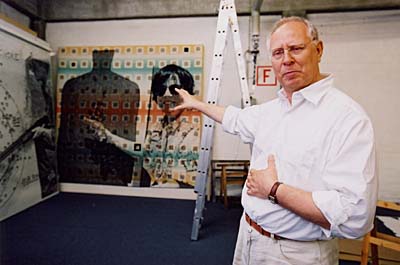
At his studio
-
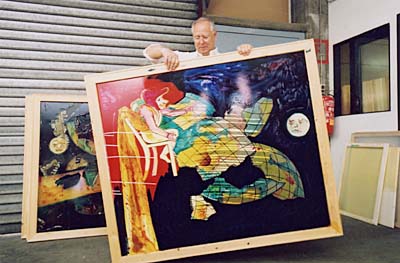
One of the Laterna Magica series in hand at the studio
-
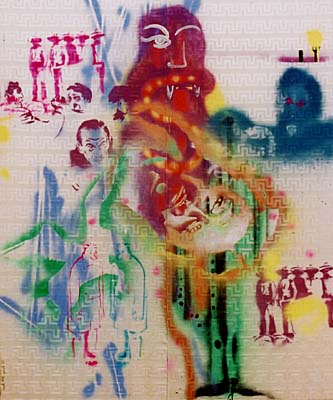
Untitled (Pegasus), 1977
-
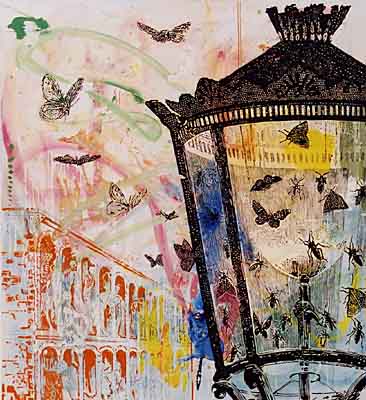
Untitled, 1981
-
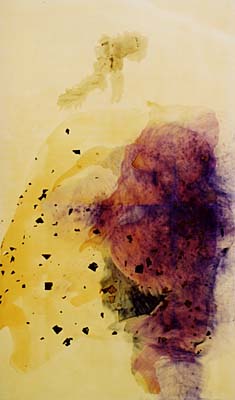
Mirror Images, 1986
-
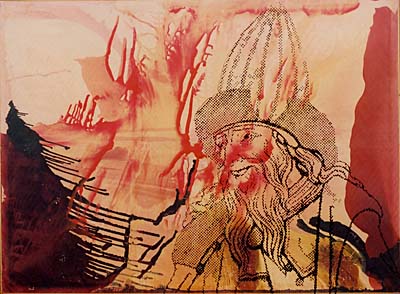
Hermes Trismegistos, 1995
-
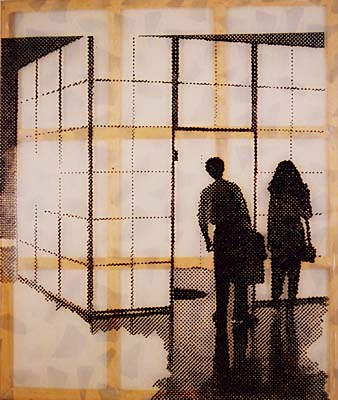
White Room, 1994
